Have you ever been bear hunting?
Both Gavin and I have successfully taken bears. There’s something about a bear that adds a little spice to a hunt, perhaps it’s knowing they can be dangerous. I thoroughly enjoy bear hunting. It can be challenging, any adult bear is generally a trophy worth taking, the meat can be delicious, and the hide and skull make wonderful mementos of the hunt.
Disclaimer
Ultimate Reloader LLC / Making with Metal Disclaimer: (by reading this article and/or watching video content you accept these terms). The content on this website (including videos, articles, ammunition reloading data, technical articles, gunsmithing and other information) is for demonstration purposes only. Do not attempt any of the processes or procedures shown or described on this website. All gunsmithing procedures should be carried out by a qualified and licensed gunsmith at their own risk. Do not attempt to repair or modify any firearms based on information on this website. Ultimate Reloader, LLC and Making With Metal can not be held liable for property or personal damage due to viewers/readers of this website performing activities, procedures, techniques, or practices described in whole or part on this website. By accepting these terms, you agree that you alone are solely responsible for your own safety and property as it pertains to activities, procedures, techniques, or practices described in whole or part on this website.
About Black Bear
I remember being chided by a good person who was ignorant of bear hunting: “Why do you hunt bears? They are endangered and the meat is not safe to eat!” This person was wrong on both counts. Several states have quite large populations of black bear, for instance, over 30,000 of them live here in Washington state. The meat is not only safe, but often delicious (when properly cooked)!
Undercooked bear meat can carry trichinosis, a parasitic disease. A minimum of 137 degrees internal temperature is recommended to kill the worms. In some areas of the USA, 100% of adult bears are infected with trichinosis. This is an important factor to consider when planning a bear hunt. I cook bear meat to “medium” which has worked out just fine for my family and me.
By the way, “Black Bear” is a species, but they’re not all black. Out West, particularly in the Northwest, many are described as blonde, cinnamon, and chocolate, though they’re all black bears. Grizzlies and black bears are not the same and have different hunting regulations. Grizzlies are typically larger and have a hump with claws 4 to 5 inches away from the paw.
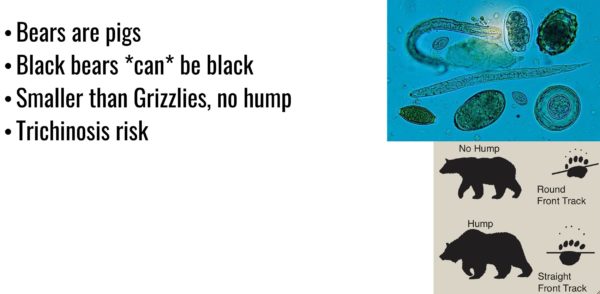
Again, why hunt bears? They can take a fearsome toll on elk calves and deer fawns if not controlled. They can destroy property like the trees grown by paper companies. They can destroy orchards and break branches completely off trees while seeking fruit.
Bear Hunting Methods
Baiting
Baiting is perhaps the most common way of hunting black bear. The hunter (or guide) establishes a food source in bear country, generally before season, and constantly replenishes it. The bear finds this hard to resist and comes in often to feed. Sometimes these times are predictable. A drawback is that some bears may only come in at night. An advantage is that the shot distance is normally short, allowing the hunter to use a variety of cartridges and means that might not be suitable for longer range shots. Handguns, bows, crossbows, and modest range rifles are commonly used when hunting over bait. I’ve not yet hunted bear over bait, but would choose my 45-70 Marlin for such a task. Keep in mind this is not a sure thing. Bears are unpredictable animals.
Dogs
Dogs, typically hounds, are sometimes used to run a bear until it comes to bay, often in a tree or on a rocky cliff or somewhere it can defend itself against the pack. The hunter and dog handler sometimes have to work quite hard to keep up with the pack. Shots taken hunting over dogs are typically under 25 yards. An experienced houndsman can tell if the dogs are on to a large bear, or just a small one, and call the dogs off if he/she chooses. Lever action rifles, shotguns, a big bore handgun, or bows are common. I’d use either my 30-30 or my 45-70 lever action.
Calling
Did you know that a bear may respond to the sound of a dying or injured animal? A fawn or doe bleat call is a commonly used calls. Oftentimes, bears will only follow the call while it’s active, giving up on it when they don’t hear any calling. Bears that come to a call can exhibit behavior quite different from their normal routine of pleasantly dining on insects, roots and berries. When they come to the call, they’re expecting to find, kill and eat an animal, coming in with a different, dangerous, attitude. In these cases, it behooves the hunter to have an armed companion and to set up where there’s a clear space that the bear has to cross in order to reach the hunter. A few years ago I had quite a stare-down with a bear that responded to my call. It was only about a 200 pounder, and I wanted a bigger bear, but I’d mentally drawn a line. If the bear continued to advance towards me, I’d shoot it with my 30-30 rifle. It eventually retreated and I could still hear it, padding about in the forest nearby. By this time, I decided to walk back to my parked Jeep, keeping my head on a swivel just in case the bear decided I was worth trying.
Spot and Stalk
This is how I hunt black bear here in Washington. We aren’t allowed to bait or pursue bear with hounds. The general rule is to go somewhere the bears are likely to be found. Consider food sources like ripe berries commonly found in late summer and early fall. Hike to a vantage point and employ binoculars and spotting scopes. When I see a bear, I evaluate it for potential size and gender. Determining gender isn’t foolproof, but in general an adult male, a boar, has a blockier appearance with a bigger head and shoulders than does a female or sow. The sow tends to have a more slender, pointed head and a proportionally larger, rounder rear. So far I’ve shot only boars. This is interesting because the greatest natural threat to a young bear is an adult boar. The mature boars often kill and eat bear cubs.
I’d like to give a shout out to my friend Shane Murphy who taught me about bear hunting. Thanks Shane!
Rifles and Cartridges
The rifle and cartridge you select may well be based on your method of hunting, terrain, vegetation, and most importantly, the likely range of your anticipated shot.
Hunt with what you enjoy using and have practiced with. I’ve been bear hunting with lever action rifles, bolt action rifles and single shot rifles. All were fine for the task.
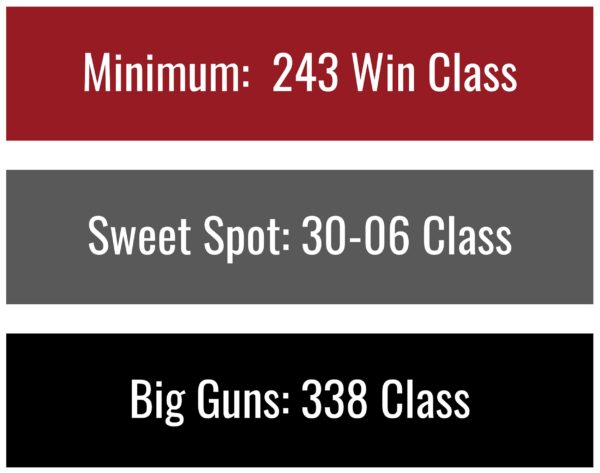
A bear is not bulletproof. They are tough animals but will succumb quickly to a well placed shot in the “boiler room” that takes out both lungs and possibly the heart. Bear ribs are surprisingly flexible and easy to penetrate. It’s important to remember that bears have furry hides with a layer of fat beneath. This can inhibit blood flow. Often they don’t bleed much from even a good hit, and can be hard to track.
My bears have come at ranges from a bit over 325 yards— a one-shot kill with my 30-06 — down to as close as 15 feet, when I was in the brush, following up a bear wounded by another hunter. I could hear the bear breathing and moving, but I couldn’t see him until I was far too close for comfort. The 375 H&H did a fine job of ending his pain.
I’ve personally seen bears dropped with the 30-06, 7mm Rem Mag, 375 H&H magnum and the 44 magnum revolver. I’ve been told by many other hunters of their success with a variety of other standard cartridges. I must admit that “bear hunting” was a fine justification for buying the 375 H&H, and that rifle was soon dubbed “Dad’s bear rifle.” Far more important than cartridge selection is shot placement. A good bullet through the lungs will do the trick every time. Get both lungs! A black bear can run a long way and not leave much trail on just one lung.
For close range hunting I highly recommend the 45-70, 444 Marlin, 35 Remington and similar cartridges which produce a big entrance hole and a larger exit wound. At 50 yards, their trajectory simply doesn’t matter. They’re modest range thumpers and excel in that role.
At what are my normal hunting ranges, out to 300 or 400 yards, any cartridge you’d hunt big deer or elk with will be fine, just use a good bullet and place the shot well.
High velocity magnums come into their own at longer ranges. The 7mm magnums, 30 cal magnums and 338’s really deliver a punch at 400, 500, 600 yards and beyond.
Equipment: Optics
Let’s take a look at some of the gear used while bear hunting:
Binoculars
Good optics are vital for spot and stalk bear hunting. A spotting scope and good binoculars help immensely in determining the size of a bear, sometimes the sex of a bear as well. I’ve been using a pair of 10x Zeiss binoculars for several years and they’re excellent. My only complaint is they’re not as bright as anticipated in low light. This is a problem only at first and last light. For spot and stalk hunting, I prefer 10x but know other hunters who like 8x binos, and others who like larger binos up to 15x or so. There are benefits and drawbacks to each.
Athlon Optics makes a nice pair of binoculars as well, the Cronus G2 10×42 UHD. This is a serious hunting binocular at an affordable price. Their more expensive 10×50 is bulkier but provides an advantage in low-light conditions.
It’s worth remembering that often, a mature boar will be most active at dusk, and through the night.
Spotting Scope
On a grizzly hunt, I was fortunate enough to have access to a very nice Leica spotting scope and an even better Swarovski spotter. My goodness! The two bears we took on that hunt were both initially seen through these spotting scopes. I don’t personally have anything that compares to those two scopes, but can attest to their usefulness. We were able to spot bears well over a mile out. If you’re a spot and stalk hunter, consider a high quality spotting scope!
Something like the Ares 20-60×85 G2 UHD Spotting Scope from Athlon Optics would be quite useful on any spot and stalk hunt.
Rifle Scope
My favored scope is the now obsolete 6x Leupold with the 36mm objective lens. It’s surprisingly bright, sturdy and lightweight. I often hunt bears in mountainous terrain and don’t want a heavy scope weighing down my rifle. Leupold’s 6x with the 42mm objective is even brighter, and compares well with other more expensive scopes while still being reasonably compact.
I’ve also used the 1.5-5x Leupold, an excellent choice for modest range shots, and I’ve taken it to 300 yards as well. An old 2-7x Redfield also did well.
If you’re a spot and stalk hunter, consider a more powerful scope as you may end up with a longer shot, out at 400 yards or farther. A 3.5-10x would be quite appropriate — offering low magnification for close range shots, and quite a bit of magnification to assist on those longer range shots. All bear hunters should consider a bright scope with excellent light gathering abilities since bears are often located at last light.
Other Gear
Perhaps it’s not necessary to mention this, but I highly recommend a headlamp, good skinning knife, meat bags, rubber gloves and a sturdy backpack for packing out the hide and meat. A bear hide and head can be a man-sized load, and the meat is well worth taking as well. In case anything else comes in to feed, a sidearm is good to have as well.
Bullet Selection
Bear hunting is when bullet choice can make a difference. A mature boar is large, muscular, powerful and tenacious. He deserves a good hit with a good bullet. With bears, I vastly prefer an exit wound, just in case the bear needs to be tracked. The exit wound is likely larger than the entrance wound and provides another avenue for blood loss.
I’ve personally shot bears with the Barnes TSX, Nosler Accubond, Nosler Partition and perhaps surprisingly the Nosler Ballistic Tip, which today is a much tougher bullet than many believe.
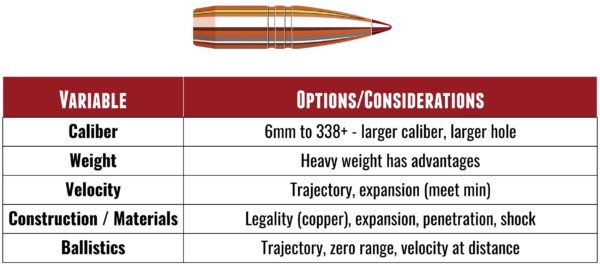
I’d recommend these tougher bullets for bears with some girth to them:
- Barnes TSX, TTSX
- Nosler Accubond, Partition, E-Tip
- Hornady ELD-X in heavier weights, and their new CX
- Speer Grand Slam
I’ve not yet hunted with the Swift A-Frame, but in my testing it had a great combination of penetration and expansion I suspect would work well.
If you’re going to be hunting at longer than normal ranges, consider a bullet designed for that challenge, such as a heavy Hornady ELD-X, Nosler’s Long Range Accubond, and the heavier Sierra GameKing bullets.
Shot Placement
As is true with any game, shot placement is vital for a quick and ethical kill.
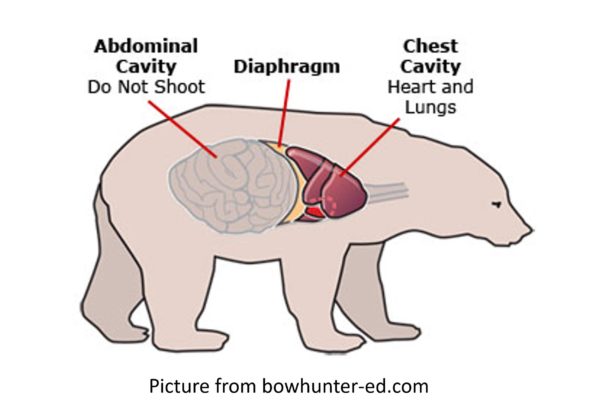
Deer tend to fall easily, even with mediocre shot placement. If you’re a deer hunter going on your first bear hunt, pay extra attention to your sight picture and follow through. I like to follow the front leg of the bear up about ⅓ up through the body, then punch. Depending on which aspect the bear presents — quartering towards me, quartering away, or broadside —I might target the off-side leg/shoulder to ensure the bullet passes through both lungs and perhaps the heart as well. If the bear is coming directly at me, I’d prefer a low chest shot to get the heart. Often the bear’s head is in the way. In that case, a brain or spine shot is possible. Know that a slight miss of the spine can result in a wounded bear, still full of fight.
Our Hunts
I thought I’d take this opportunity to go through one of my bear hunts. I was carrying my 30-06 Remington 700 with an old 2-7x Redfield variable. The 165 grain Nosler Ballistic Tips were moving at 2940 fps via H4350 and were zeroed at 200 yards.
It was afternoon. Earlier, we’d seen the bear go down through the brush to the creek well below. By mid-afternoon, he started working his way higher up the ridge to reach ripe berries. We could see bushes moving and an occasional glimpse of bear hide as he traveled. Across a ravine from us was an open area, directly in his path. The laser rangefinder revealed the opening was at about 325 yards, with a large tree on the far side. The terrain didn’t permit me to go prone, so I looped the sling around my arm, assumed a good sitting position and waited. Finally the bear emerged into the opening, moving uphill, quartering away. The 30-06 barked and I lost him in recoil, but could hear the bullet slap hide. My hunting companions told me I’d hit him hard. We descended into the ravine and worked our way up the other side. The bear was dead a few yards from where he’d been shot.
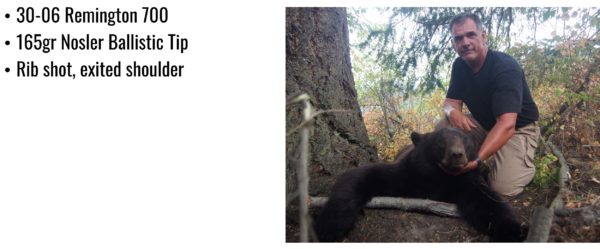
We found the bullet jacket lodged in the bear’s off-side hide, near his left shoulder. The bullet core had separated and exited the bear after penetrating through both lungs at an angle. It was a quick one-shot kill at about 325 yards. With three of us, taking him back to the truck wasn’t as hard as it could have been.
Gavin’s Hunt
Gavin’s harvested one bear so far and didn’t have to travel for it. He hunted on a neighbor’s property in Washington state. Sitting on a hillside, he surveyed a channel bears were expected to walk through. Nearing dusk, he and his friend had given up on seeing a bear and resigned to watching YouTube videos when they heard a crack. They looked up to see a bear walking up the hill. Gavin said he had a thirty second window before the bear vanished into another set of bushes and was luckily set up with shooting sticks. Unfortunately, he had forgotten to dial his parallax, looking at a slightly blurry bear 160 yards away. On this hunt, like many Washington hunts, he was shooting into a bowl. Rumor has it that if a bear thinks it will live, it will run up the hill. If it thinks it’s fatally wounded, it will run down. Gavin shot and the bear ran down the hill into the bowl.
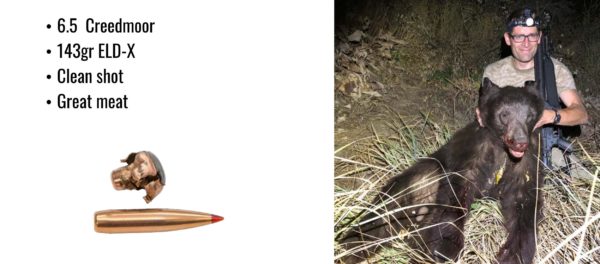
Though the shot was taken during legal shooting hours, tracking the bear depended on headlamps, exposing a network of tunnels as they moved deeper into the brush. With no blood trail, Gavin and his friend surveyed tunnels for about an hour. Gavin fondly recalls belly crawling through bear tunnels with a 44 mag handgun in one hand, heart thumping. When he finally found it, cloaked in the eerie blackness aside from the glow of the headlamp, he realized in slight disbelief how amazing it was to be so close to a wild animal you never typically have a chance to touch.
His neighbor headed down with some help, wrapped his belt around the bear’s leg, and the group drug the bear all the way down the canyon to a waiting truck. Ultimately, the experience was worth the effort and the meat was the best I’d ever had. (Not everyone loves bear meat, but it depends on what the bear ate.)
Conclusion
If you’re a hunter, and have had bear hunting in the back of your mind, consider adding a bear hunt to your season. Knowing that at close ranges the bear can turn the tables on the hunter makes the hunt even more exciting. It is also wildlife management, good for conservation and the dinner table. A bear rug on the floor or wall makes for a fine memento, a constant reminder of a good hunt with good people.
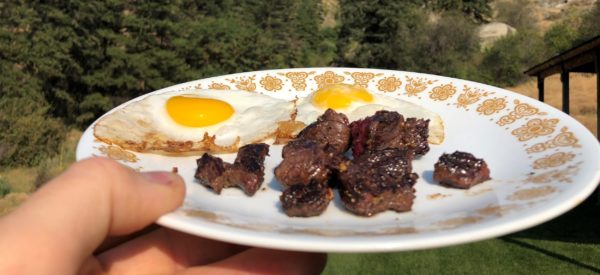
If you’ve got a deer rifle, you’ve probably already got a bear rifle. Take that next step and broaden your hunting horizons with a bear hunt.
Don’t miss out on Ultimate Reloader updates, make sure you’re subscribed!
Thanks,
Guy Miner
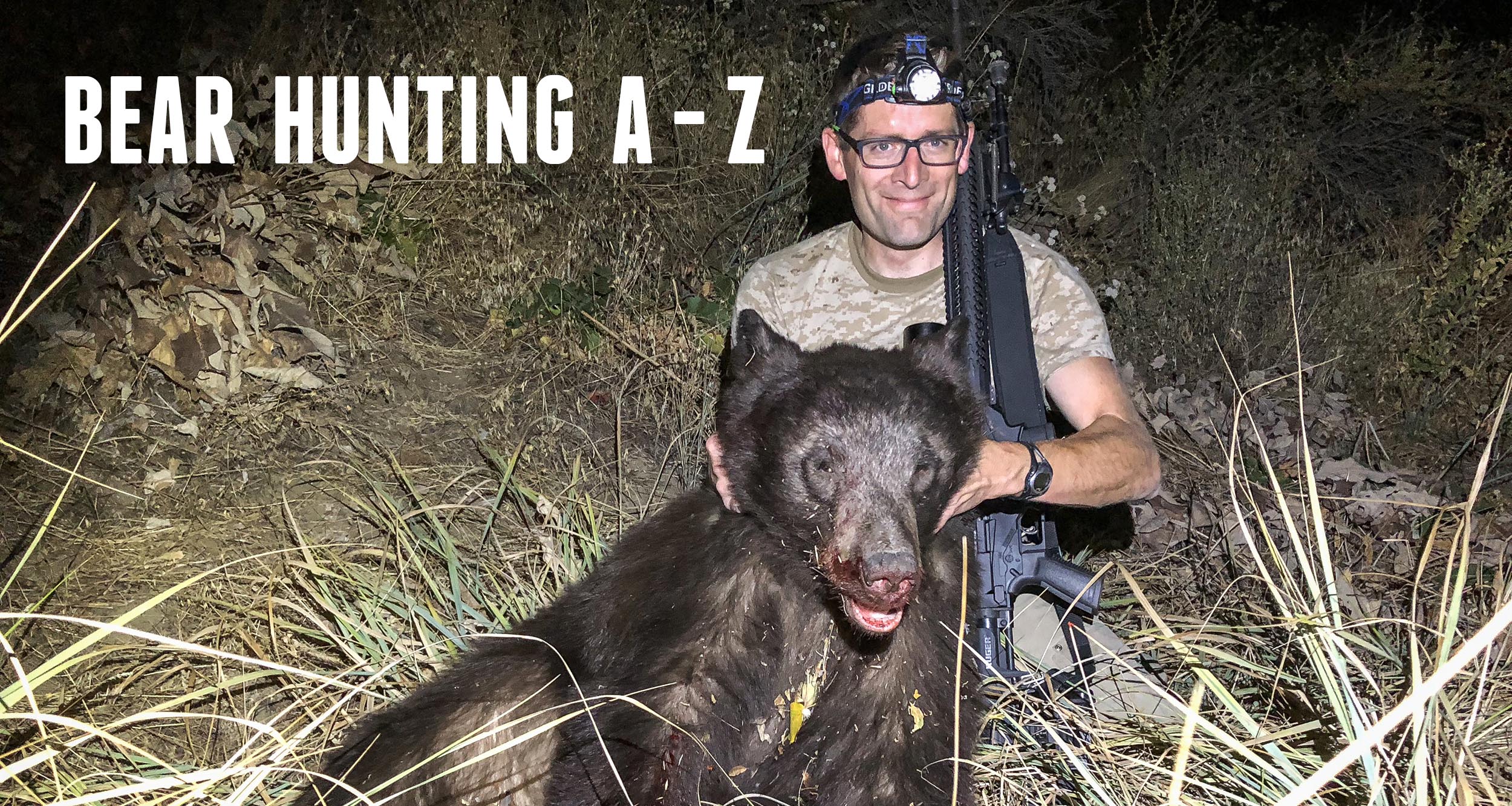
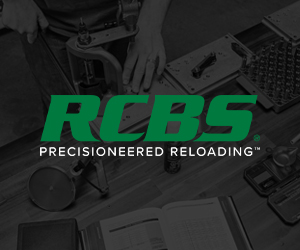

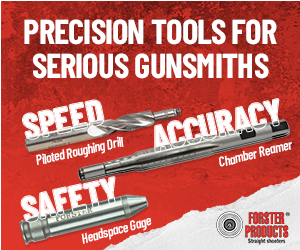

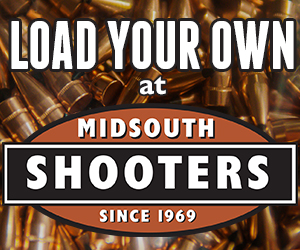
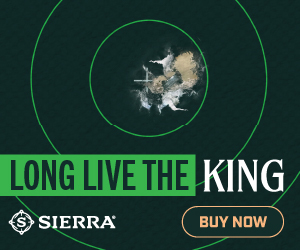


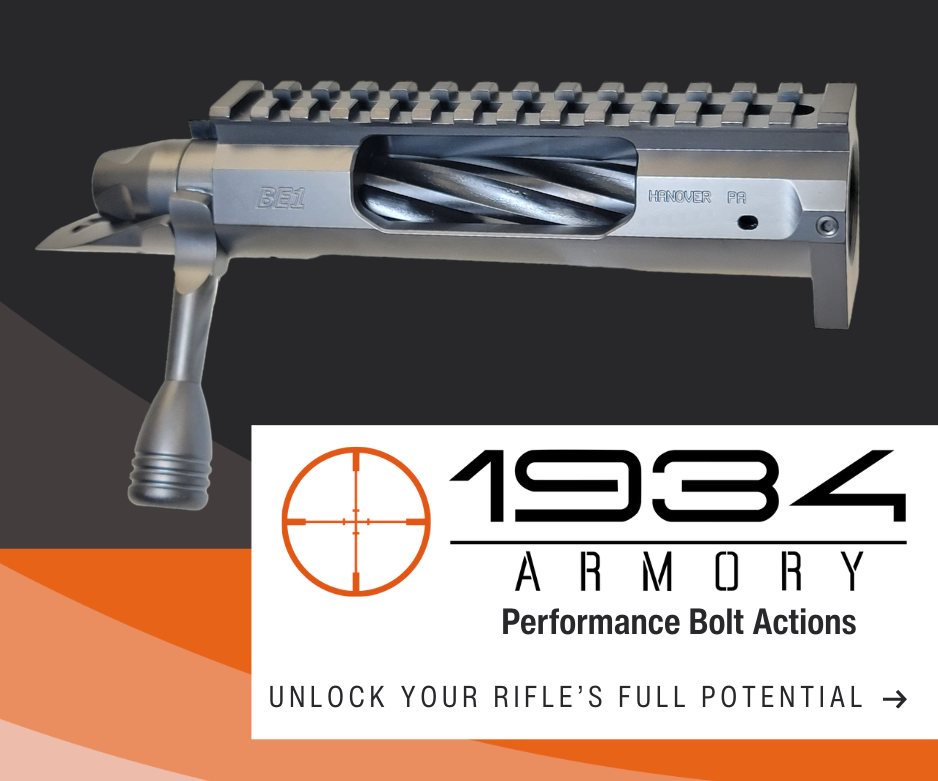






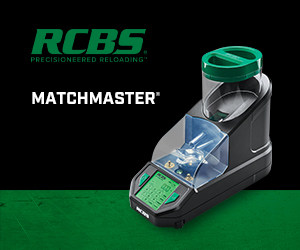





















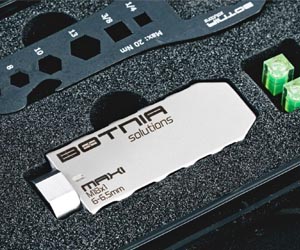
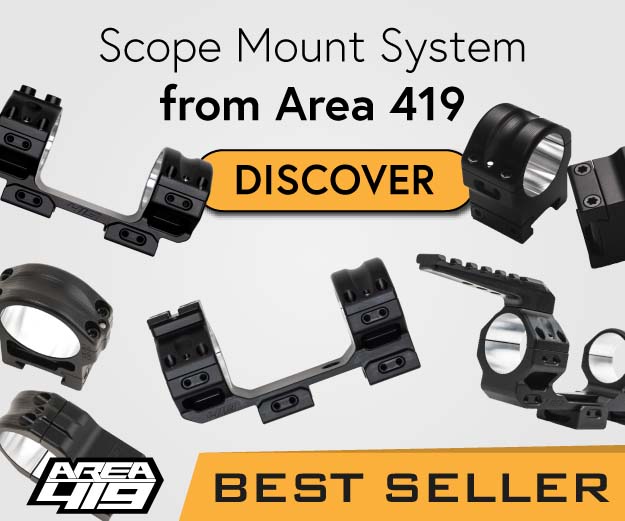





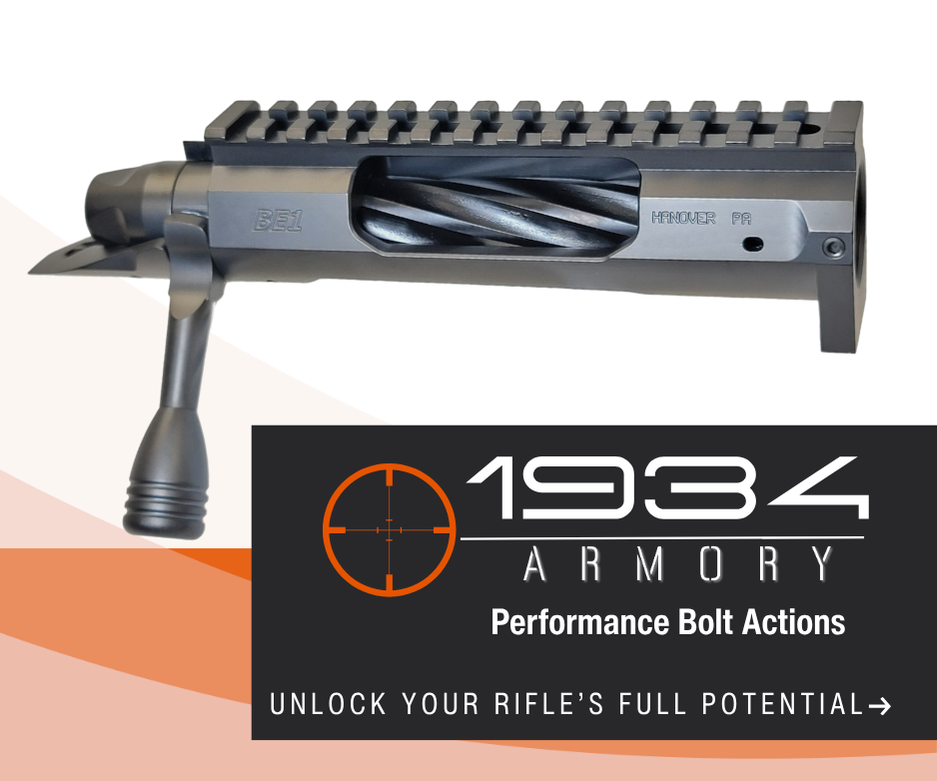


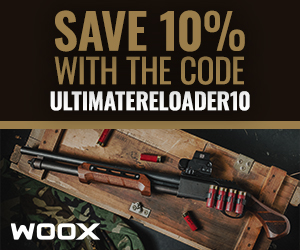

























I haven’t gotten a bear yet. It’s one of my bucket list hunts along with elk hunting.
It would be awesome to go on a bear hunt out west with you!!!!!! ; )
Both are great hunts! I think you’d enjoy.
Not at all impossible to set up a do-it-yourself hunt “out west” but it can be advantageous to engage the services of an outfitter/guide.
Regards, Guy
I have some comments about hunting black bears in PA;
1. Of all the bears, black bears hold the record for human kills. I have a record of these human kills somewhere if you are interested.
2. The PA black bears are the largest black bears in the world. My two(2) friends each shot black bears that after field dressing weighed 550Lbs and I and six friends helped them get the black bears out of the woods. The seven of us used a nylon tow strap to drag the black bear out of the woods. An 800lb. black bear was also shot up the road from our hunting camp. Likewise, there were rumors of a 1000 lb black bear which I cannot confirm. In another hunting camp I belonged to we had about six bears always around our tiny remote cabin. The largest black bear in this group weighed 638lbs live weight according to the PA Game Commission who drug-darted the sow and weighed her.
3. In PA terrain, typical shots at black bears are in heavy cover (~50-75 yds).
4. I personally have not shot any black bears, but hunt deer in areas where I regularly meet them up close. My experience is that the larger the black bear the more aggressive they can be. Likewise, when large black bears are feeding and you disturb them, they do not run away, they walk away slowly. Likewise, they appear to “size you up” while walking away from you. It is always prudent to respect black bears and carry adequate revolvers when scouting for deer.
5.Both my friends, who shot their large black bears, used 30/06s. After my friend Joe placed his first shot the black bear started rolling on the ground and a total of eight shots were required to end this adventure. My 2nd friend,Len, put three 30/06 rounds into his large black bear before the black bear expired. When we field-dressed this bear, none of the rounds exited the black bear.
6.Personally, the bullet you use on large black bears needs to break massive bone and get through tough muscle. Close frontal shots need to break shoulders to slow movement towards you. Black bears in PA have been clocked running at 40mph alongside autos. So, you cannot outrun black bears that want you for dinner. That was tried in NJ a couple of years ago by a guy who wanted pictures of the black bear and the guy paid with his life!
Best regards,
Charles J. Rivera
PA Hunter
Charles – thanks for your great comments!
Yes, Pennsylvania black bears can be huge and powerful animals.
Regards, Guy